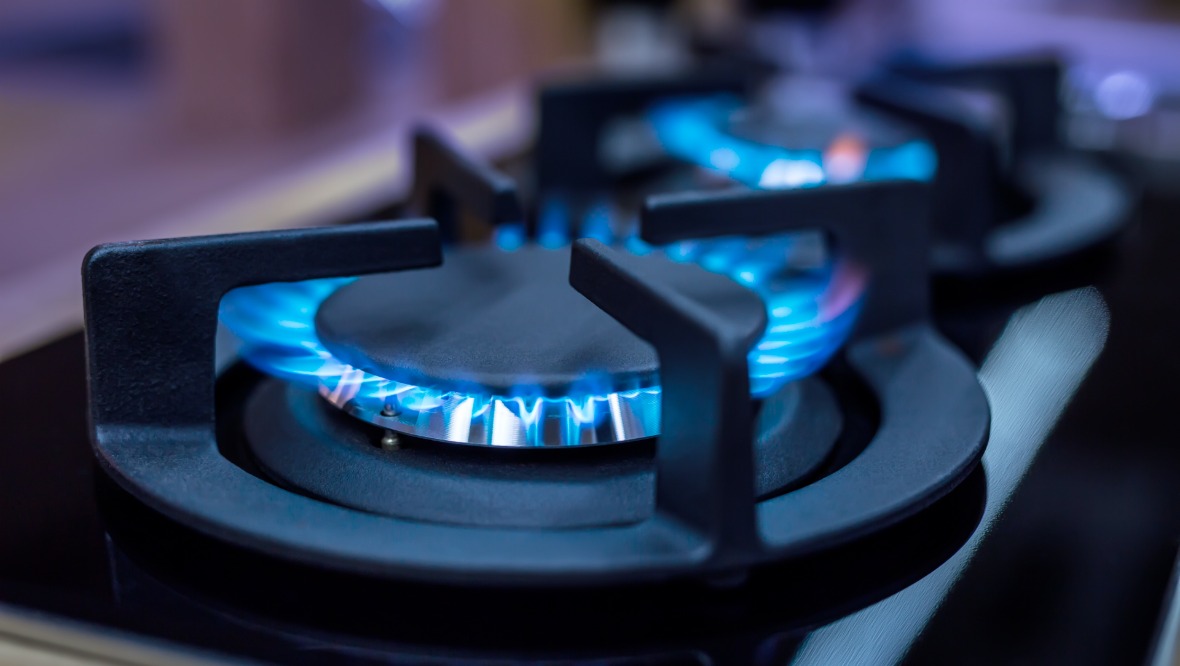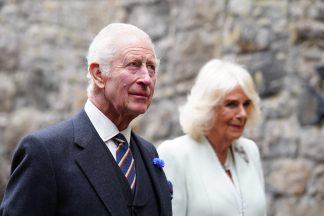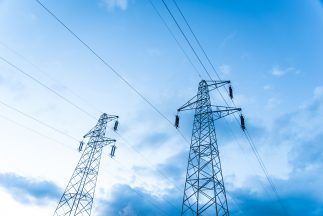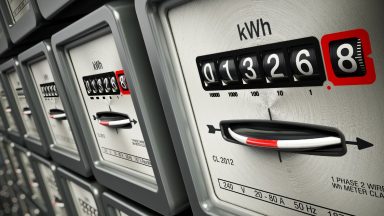Households will pay less for gas and electricity after the new price cap came into effect on Saturday.
The average household energy bill will fall by £426 a year from July 1.
Earlier this year, energy regulator Ofgem announced it was lowering the price cap after a fall in wholesale prices, but it still remains almost double the levels that were seen before Russia’s invasion of Ukraine.
The price cap reduction from £3,280 to £2,074 will come as a relief for consumers who have seen typical bills soar from £1,271 a year in October 2021.
Households have been partly shielded from the price rises by the UK Government’s Energy Price Guarantee (EPG), which limited annual energy costs to £2,500 for the average household – subsidising Ofgem’s price cap.
Ofgem’s latest cut means its cap will again govern household bills, resulting in a reduction of £426 from £2,500 to £2,074 – a fall of about 17%.
Households were urged to submit meter readings before midnight on June 30 to ensure they pay the lower prices as soon as they come into effect.
Those who, for whatever reason, could not submit readings before June 30 should do so as close to the date as possible, keeping a date-stamped photo as proof.
Accurate readings will stop the household’s supplier from estimating usage and potentially applying the old higher prices to energy that is used after June 30.
The boss of British Gas owner Centrica said the worst of the recent energy crisis has passed, but cautioned that energy bills are set to remain high for the foreseeable future.
Chris O’Shea said: “I think the first act of the crisis is over. I think what we’ve got to remember is the energy prices had more than doubled before Russia invaded Ukraine.
“Prices are back down to pre-invasion levels but they are 2.5 times the long-run average, and that’s really driven by supply and demand.”
“I think there is a danger that we get complacent because last winter was OK and because prices are stable now.”
Household energy bills are expected to fall again, to below £2,000 a year from October, according to latest forecasts.
Energy industry consultancy Cornwall Insight said it thinks the price cap on energy bills will fall to £1,978.33 from October from July’s £2,074, but rise again from January to £2,004.40, based on Ofgem’s current measures.
Hazel Knowles, energy project team lead for Advice Direct Scotland, said: “Even with the warmer weather and energy prices starting to move in the right direction, we know many people are struggling.
“Bills will still be almost double the amount they were before the energy crisis began, which will be unaffordable for many households.
“The important thing to remember is no one should struggle alone, and help is available.
“We would urge anyone struggling with energy costs to reach out to their supplier who may have a hardship fund that could help.”
What is the energy price cap?
The energy price cap sets a maximum price that suppliers can charge consumers for each kilowatt hour (kWh) they use. How much you pay depends on how much energy you use.
The cap is a government protection, calculated by Ofgem. The regulator says having it in place ensures the profit that energy suppliers make is capped.
It limits the amount that domestic customers pay to 34p per kilowatt hour (kWh) for electricity and 10.3p per kWh for gas.
On April 1, the Energy Price Cap fell by 23% – but it remains above the EPG, meaning households continued to pay the EPG rates until June 30.
However, due to plummeting wholesale energy prices, Ofgem confirmed that the EPG will drop below the Price Guarantee from July 1.
That means the price guarantee will fall away, and we’ll pay the lower price cap rate instead.
And what is the energy price guarantee?
The energy price guarantee is a temporary additional measure to protect consumers from the recent significant increases in wholesale gas prices.
The guarantee was put in place on October 1, 2022 and will last until April 2024. It means that consumers will pay less for their energy than they would under the price cap.
Follow STV News on WhatsApp
Scan the QR code on your mobile device for all the latest news from around the country


 iStock
iStock




















